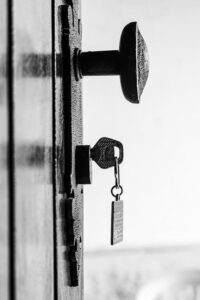In the modern rhythm of apartment living, where community and privacy blend in close quarters, the importance of secure entry locks cannot be overstated. For apartment owners, choosing the right locking system is more than just a matter of convenience-it’s a critical step in safeguarding residents, possessions, and peace of mind. As building designs evolve and city life becomes increasingly dynamic, security solutions must keep pace, offering robust protection without compromising ease of access. This article explores the world of secure entry locks for apartment owners, illuminating the options, benefits, and considerations that ensure every door is not just an entrance, but a fortress.
Table of Contents
- Exploring the Essentials of Secure Entry Locks for Apartments
- Comparing Keyed, Keyless, and Smart Lock Technologies
- Evaluating Durability and Resistance to Common Break-In Methods
- Installation Tips and Maintenance Practices for Reliable Security
- Recommended Brands and Models for Apartment Owners
- Q&A
- In Conclusion
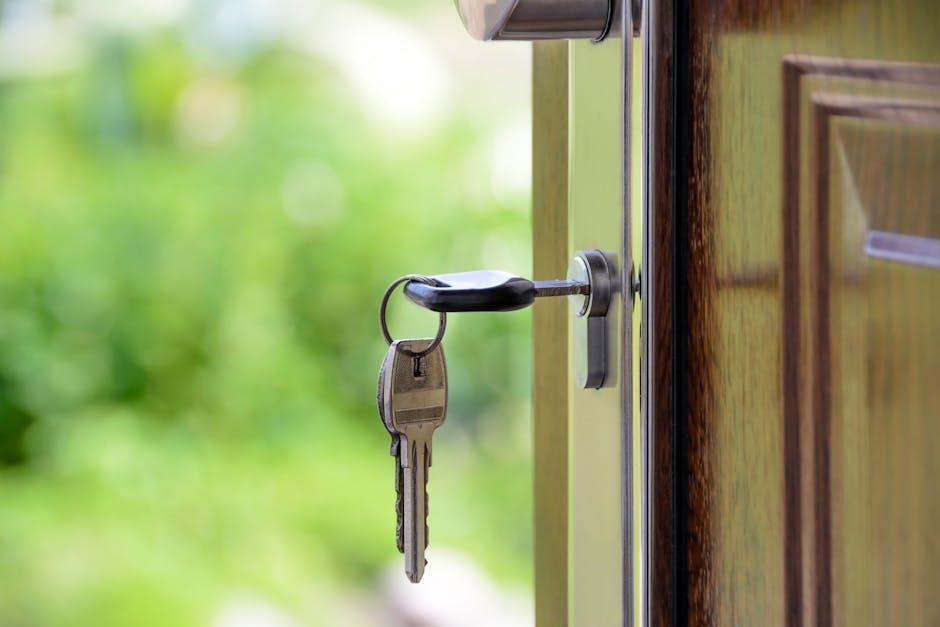
Exploring the Essentials of Secure Entry Locks for Apartments
When safeguarding an apartment, the lock on your main door isn’t just a barrier; it’s the first line of defense in your home security. Selecting a high-quality entry lock means looking beyond just the traditional deadbolt. Consider options like smart locks, which offer keyless convenience, or multi-point locking systems that bolt the door at several points to enhance resistance against forced entry. Each lock type presents unique advantages, and matching them to your security needs is essential for peace of mind.
Understanding the features each lock offers can make all the difference. Look for:
- Pick and bump resistance to prevent common break-in techniques
- Durable materials such as hardened steel or brass for long-lasting performance
- Compatibility with existing door frames to avoid costly replacements
- Ease of installation for quick upgrades or professional fitting
| Lock Type | Security Level | Best Use Case |
|---|---|---|
| Deadbolt | High | Standard apartment doors |
| Smart Lock | Medium to High | Tech-savvy users with smart home systems |
| Multi-point Lock | Very High | Side or balcony entrance doors |
| Electronic Keypad | Medium | Renters or shared apartments |

Comparing Keyed, Keyless, and Smart Lock Technologies
When choosing the ideal lock for your apartment, understanding the differences between keyed, keyless, and smart locks is essential. Keyed locks remain the traditional choice, ensuring simplicity and reliability through physical keys. These locks are known for their durability and ease of replacement, making them familiar and straightforward for tenants and landlords alike. However, they can pose challenges like lost keys or unauthorized duplication, which may compromise security. Keyless locks, on the other hand, eliminate the need for physical keys by using PIN codes or card access, offering convenience alongside improved control over entry. This tech-savvy solution reduces the risk of lockouts but requires regular maintenance of batteries and code management to maintain seamless operation.
Smart locks take security a step further by integrating with mobile apps and home automation systems, allowing remote access and real-time alerts. They offer features such as temporary codes for guests, activity logs, and integration with voice assistants, enhancing apartment security with cutting-edge technology. The table below summarizes essential features to help apartment owners quickly compare these options:
| Lock Type | Key Required | Access Control | Best For |
|---|---|---|---|
| Keyed | Yes | Physical Key | Simplicity & durability |
| Keyless | No | PIN, Cards | Convenience & flexibility |
| Smart | No | App, Remote | Advanced security & monitoring |
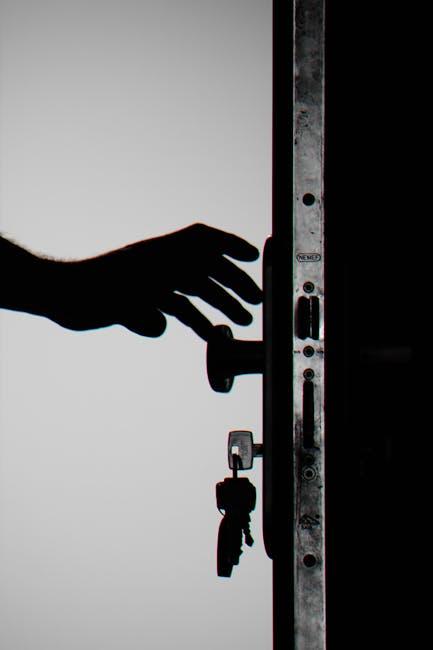
Evaluating Durability and Resistance to Common Break-In Methods
When selecting a lock for your apartment, it’s crucial to prioritize materials and mechanisms designed to withstand forceful attacks. High-quality locks often incorporate hardened steel bolts and reinforced bodies that make them impervious to common tools like crowbars and hammers. Beyond brute strength, resistance to lock-picking and drilling is essential. Features like anti-pick pins and drill-resistant plates provide a multi-layered defense, ensuring that even skilled intruders face significant challenges attempting unauthorized entry.
To simplify your decision-making process, consider the following attributes that enhance durability and resistance:
- Material Composition: Look for locks with stainless steel or titanium components.
- Lock Mechanism: Opt for deadbolt locks with double or triple locking points.
- Certification Standards: Choose locks that comply with ANSI Grade 1 or equivalent.
- Anti-Tamper Features: Integrated alarms or reinforced strike plates add extra layers of security.
| Lock Type | Durability Rating | Resistance to Pick/Drill |
|---|---|---|
| Deadbolt (Grade 1) | High | Excellent |
| Smart Lock with Reinforced Case | Medium | Good |
| Standard Cylinder Lock | Low | Poor |
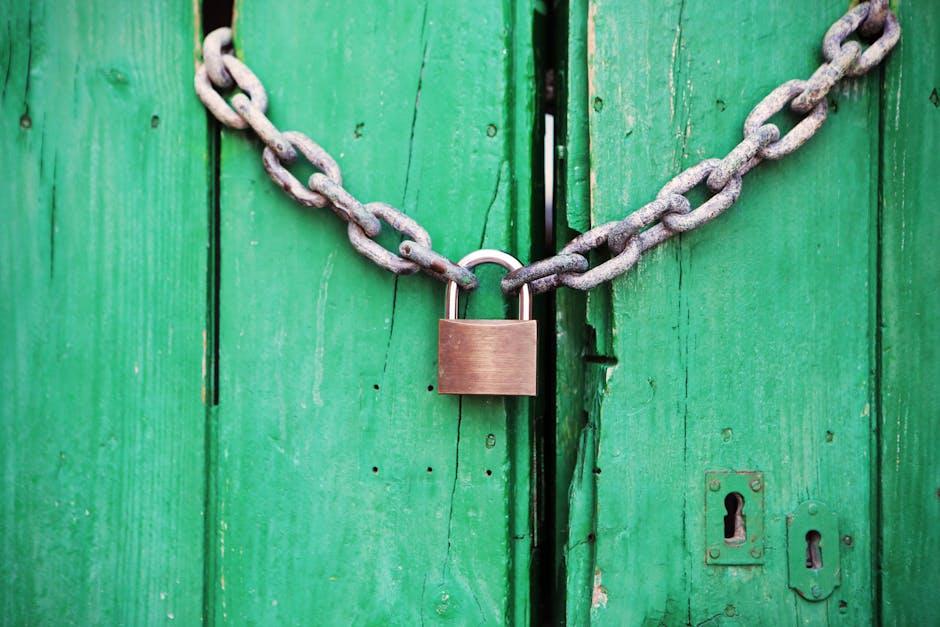
Installation Tips and Maintenance Practices for Reliable Security
Precision during installation ensures your entry locks not only function flawlessly but also resist tampering attempts. Begin by thoroughly cleaning the door frame and prepping the surface to eliminate dust and debris, which can compromise lock alignment. Use a high-quality drill bit suited for metal or wood, depending on your door type, to create clean holes without damaging the surrounding material. Always double-check measurements before drilling and consider reinforcing the strike plate with longer screws-this small step significantly enhances the lock’s resistance against forced entry. Professional-grade lubricant applied to moving parts will support smooth operation from day one.
Long-term reliability depends on consistent upkeep. Establish a maintenance routine that includes:
- Monthly lubrication of key components with silicone-based oil or graphite powder
- Regularly tightening screws to prevent loosening through daily wear
- Inspecting the lock cylinder for signs of wear or damage
- Replacing batteries promptly in electronic lock models to avoid malfunctions
| Maintenance Action | Recommended Frequency |
|---|---|
| Lubrication | Monthly |
| Screw tightening | Quarterly |
| Battery replacement (electronic) | Biannually |
| Visual inspection | Every 3 months |
By taking these targeted steps, apartment owners can secure their investments and enjoy peace of mind knowing their entry systems maintain peak security year-round.
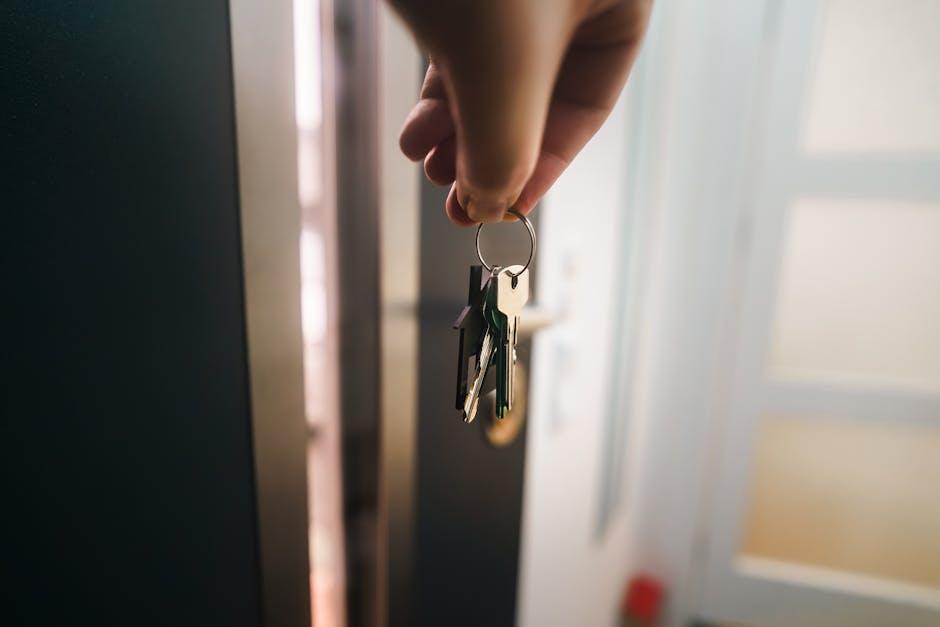
Recommended Brands and Models for Apartment Owners
Choosing the right lock can make all the difference in securing your apartment while maintaining convenience and style. Some of the most trusted brands in the industry offer models specifically designed for residential use, combining advanced technology with sturdy construction. Schlage is renowned for its smart locks that integrate seamlessly with home automation systems, providing keyless entry and remote access. Meanwhile, Kwikset offers a diverse array of locks featuring patented SmartKey technology, allowing users to rekey locks themselves in seconds. For those prioritizing durability and sleek design, Yale presents a compelling lineup of Wi-Fi enabled locks that bring both elegance and robust security to your front door.
- August Smart Lock Pro: Offers seamless integration with virtual assistants and easy installation on existing deadbolts.
- Mul-T-Lock Interactive: Known for high-security mechanical locks that resist picking and drilling.
- Lockly Secure Pro: Features fingerprint ID and Bluetooth connectivity for versatile and secure access control.
| Brand | Model | Key Features | Average Price |
|---|---|---|---|
| Schlage | Encode Plus | Wi-Fi enabled, built-in alarm | $280 |
| Kwikset | Halo Touch | Fingerprint access, ANSI Grade 1 security | $230 |
| Yale | Assure Lock SL | Touchscreen keypad, Z-Wave compatible | $250 |
| August | Smart Lock Pro | Remote access, easy retrofit | $250 |
Q&A
Q&A: Secure Entry Locks for Apartment Owners
Q1: Why should apartment owners invest in secure entry locks?
A1: Secure entry locks are essential for protecting residents, deterring unauthorized access, and safeguarding personal belongings. They enhance peace of mind, increase the property’s value, and contribute to a safer community environment.
Q2: What types of entry locks are best suited for apartment buildings?
A2: Popular options include electronic keypad locks, smart locks with mobile app integration, traditional deadbolts, and high-security cylinder locks. Each has its advantages-from convenience and remote access to robust physical security.
Q3: How do smart locks benefit apartment owners and tenants?
A3: Smart locks offer keyless entry, the ability to grant temporary access remotely, and activity logs showing who entered and when. This technology not only improves convenience but also helps manage security more effectively in multi-tenant settings.
Q4: Are there any drawbacks to installing electronic or smart locks?
A4: Potential drawbacks include battery dependency, the risk of hacking if not properly secured, and sometimes higher upfront costs. However, with careful selection and regular maintenance, these issues can be mitigated.
Q5: What features should apartment owners look for when choosing a secure lock?
A5: Important features include resistance to picking and bumping, durability, ease of use, compatibility with existing doors, and integration options with building-wide security systems.
Q6: Can secure locks help reduce insurance costs for apartment buildings?
A6: Yes, many insurance providers offer discounts when high-quality security measures, such as secure entry locks, are in place. This incentive reflects reduced risk of theft or damage.
Q7: How can apartment owners balance security and accessibility when selecting entry locks?
A7: Striking a balance involves choosing locks that provide stringent security protocols without making everyday entry cumbersome. Options like smart locks with temporary access codes or keypads help maintain this equilibrium.
Q8: Is professional installation necessary for secure entry locks?
A8: Professional installation is highly recommended, especially for advanced lock systems, to ensure proper fitting, optimal security, and warranty protection. It also helps address any door compatibility concerns.
Q9: How often should apartment owners update or replace entry locks?
A9: Locks should be inspected annually and replaced if signs of wear, damage, or security vulnerabilities arise. Additionally, whenever tenants move out, changing locks is a crucial step to maintain safety.
Q10: What emerging trends are shaping the future of apartment entry security?
A10: Future trends include biometric locks (fingerprint or facial recognition), integration with AI surveillance, and blockchain-based access control systems, all aiming for smarter, more seamless, and highly secure entry solutions.
In Conclusion
In the ever-evolving landscape of apartment living, securing your home is more than just a necessity-it’s a statement of peace of mind. By choosing the right secure entry locks, apartment owners can safeguard not only their property but also their sense of sanctuary. Whether you opt for traditional deadbolts, smart locks, or a hybrid approach, the key lies in understanding your unique needs and staying informed about the latest security advancements. Ultimately, a well-chosen lock isn’t just about keeping intruders out-it’s about welcoming safety, comfort, and confidence into your everyday life.



